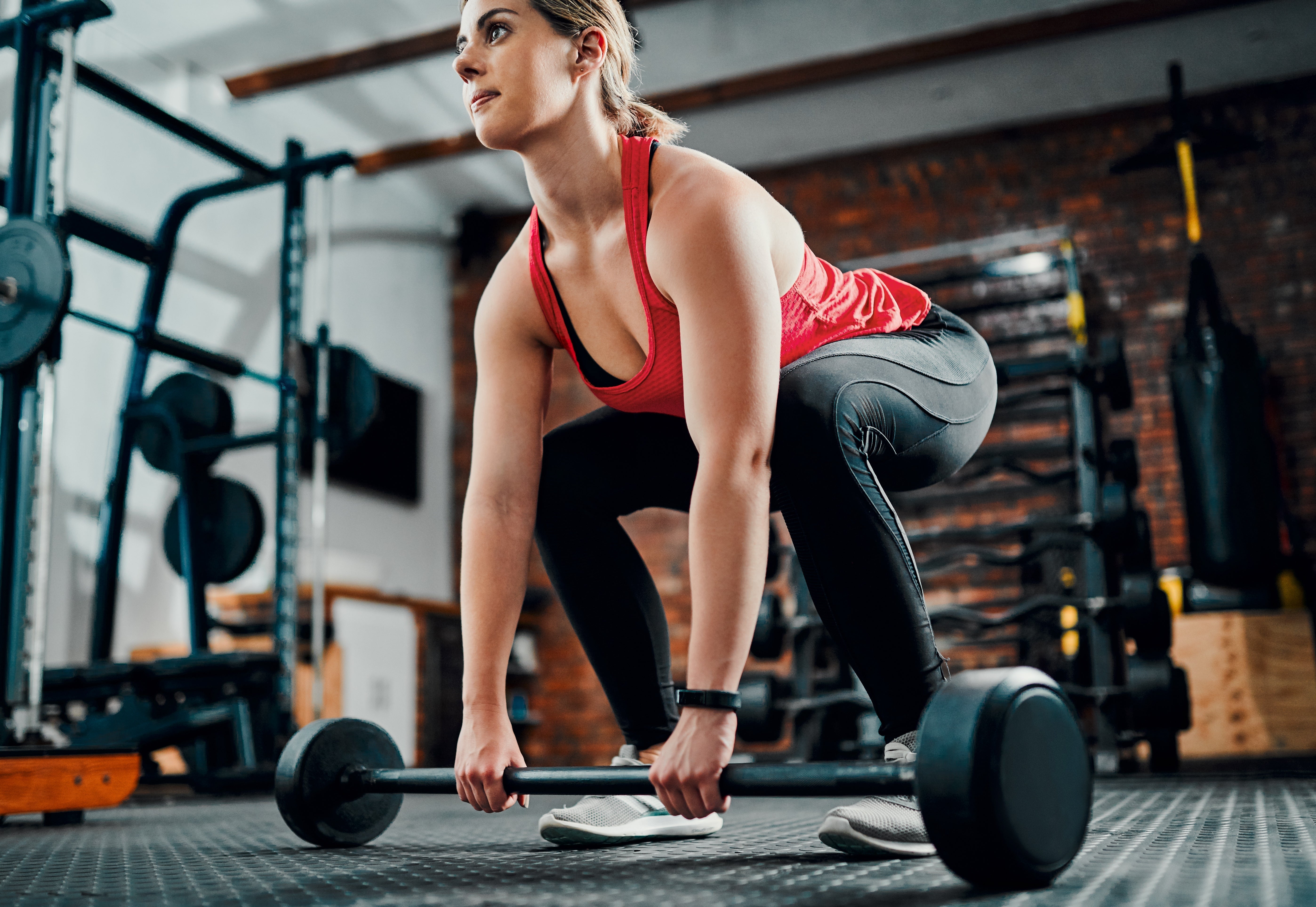Hey there, strong soul! 🌿💪 Ready to lift some weights and feel powerful? Weightlifting is an amazing way to build strength, enhance your metabolism, and create a deeper connection to your body. But as with any practice, whether it's yoga, running, or weightlifting, safety comes first!
If you're just starting out, or if you're an experienced lifter who wants to make sure you're lifting with intention and mindfulness, this post is for you. Let’s dive into the best practices for safe weightlifting—because when we lift, we lift mindfully. We honor our bodies, listen to what we need, and avoid injury at all costs.
-
Warm Up Like You Mean It 🧘♀️
Before you dive into the weights, always take time to warm up your muscles and joints. This doesn't have to be a long or complicated routine; a dynamic warm-up of 5–10 minutes will get the blood flowing to the areas you’re going to work. Think hip circles, arm swings, bodyweight squats, and maybe a little light cardio.
Warming up increases blood flow, raises your heart rate, and loosens up stiff muscles. This prepares your body for the movements you’re about to make and can significantly reduce the risk of strains or sprains.
Quick tip:
Focus on mobility for the areas you’ll be lifting: wrists, shoulders, hips, and knees. This ensures your body has the range of motion needed for safe, effective lifting.
-
Pay Attention to Your Form 🧘♂️
Here’s the thing: Form is everything. When lifting weights, it’s not about how much you’re lifting but how well you’re lifting it. Proper form helps target the muscles effectively and minimizes the risk of injury.
When you perform exercises with improper form, you’re not only risking injury, but you’re also not working your muscles in the best way possible. Start with a lighter weight to practice your form before gradually increasing the load. This helps you establish a strong foundation.
Common form tips:
-
Squats: Keep your knees behind your toes and drive through your heels.
-
Deadlifts: Engage your core, hinge at your hips, and keep your back flat—no rounding!
-
Overhead Presses: Keep your elbows slightly in front of your shoulders, and don't arch your back as you press overhead.
-
Breathe Properly 🌬️
Breathing is often something we take for granted when we’re lifting. But just like we breathe through yoga poses or running strides, breathing properly can make or break your lift.
When you’re lifting, you want to exhale on the exertion (e.g., as you push the barbell overhead or stand up from a squat). This helps you engage your core and keeps the pressure off your spine. Inhale as you lower the weight or move through the eccentric phase of the exercise.
By paying attention to your breath, you’ll be better able to maintain stability and stay calm under pressure. And let’s be real—lifting feels a whole lot easier when you’re breathing intentionally.
Quick tip:
Focus on exhaling on the hardest part of the lift. This helps with core engagement and maintaining control.
-
Start Slow and Progress Gradually 🐢
Building strength doesn’t happen overnight—and neither does mastering weightlifting. One of the best practices for staying safe is progressive overload: slowly increasing your weights over time to allow your muscles to adapt and grow stronger.
If you go too heavy too quickly, you’re not only risking injury, but you’re also skipping over the benefits of progressive strength building. Start with manageable weights, focus on your form, and gradually increase as you become stronger.
-
Listen to Your Body 💚
This is key. Your body speaks to you constantly. So, if something feels off—whether it’s a dull ache in your shoulder or discomfort in your back—stop and reassess. Weightlifting should never cause pain; it should challenge your muscles in a safe, controlled manner. If you’re pushing through discomfort or pain, you’re not being kind to your body.
If you’re experiencing persistent pain, it’s time to rethink your form or even take a break to allow your muscles to recover. Rest is just as important as effort, and pushing too hard can lead to injury.
-
Don’t Forget to Rest and Recover 💤
Weightlifting can be intense on your muscles, so rest and recovery are essential. Giving your muscles time to heal and rebuild between workouts is what leads to real strength gains. Aim for 48 hours of recovery before hitting the same muscle group again.
Rest days don’t mean you have to do nothing. Instead, you can incorporate active recovery like yoga or walking to keep your body moving gently while still allowing your muscles to recover.
Quick tip:
Stretching post-lift is crucial. It helps reduce muscle tightness, improve flexibility, and prevent injury. Think about deep stretches for the hips, hamstrings, and shoulders after your lifting sessions.
-
Use Proper Equipment 🏋️♀️
This one is simple but so important. Make sure you have appropriate footwear that supports your foot arch and provides stability during lifts. Weightlifting shoes with a raised heel can provide better balance and allow you to squat deeper. Always check that your equipment (like dumbbells, barbells, or machines) is in good condition before you use them.
And remember—belts, straps, and wraps are great tools, but they should complement your strength, not be relied on for every lift. A solid foundation of core strength and proper form is the real key.
In Conclusion: Safe Lifting Is Empowering 💫
Weightlifting is one of the most empowering things you can do for your body—it builds strength, confidence, and resilience. But, like any practice, it's important to approach it with awareness and mindfulness. By warming up properly, focusing on your form, and listening to your body, you'll set yourself up for a successful and injury-free lifting journey.
Remember, it’s not about how much you can lift, but how safely and effectively you can lift it. Let your strength build over time, celebrate the small victories, and always stay grounded. You’ve got this!
References
-
National Strength and Conditioning Association (NSCA). "Weightlifting: Proper Techniques and Injury Prevention."
-
Journal of Strength and Conditioning Research (2019). "The Importance of Progressive Overload in Strength Training."
-
American Council on Exercise (ACE). "How to Lift Weights Safely and Effectively."
Now, over to you! What are your go-to weightlifting practices for staying safe and strong? Let me know in the comments below! Let's continue to lift with intention. 💚
Meet Fitnexa, your AI-driven companion that turns everyday habits into a positive, uplifting journey. From effortless meal analysis (including recipe suggestions) to personalized coaching and real-time support, Fitnexa keeps you on track toward lasting wellness — so you can stay younger, live longer.
https://apple.co/4hr8JGW








Leave a comment
This site is protected by hCaptcha and the hCaptcha Privacy Policy and Terms of Service apply.